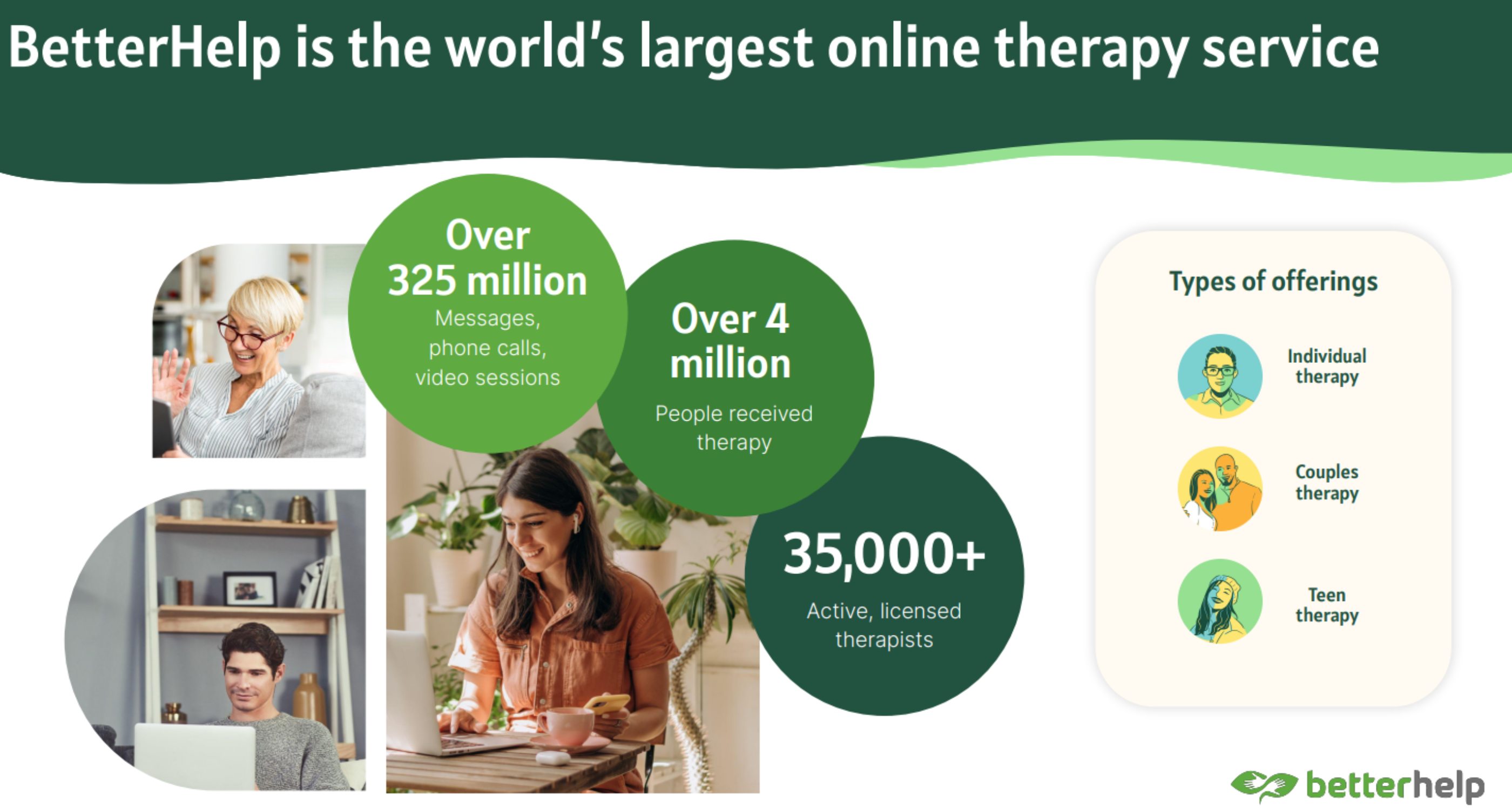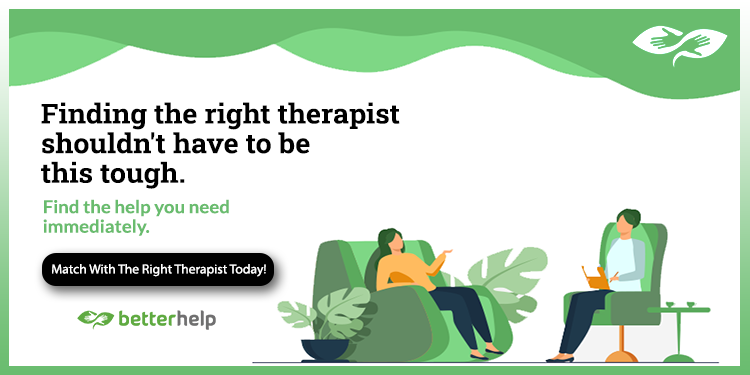Addiction as a Consequence of Toxic Relationships
Addiction is often understood as a matter of choice or will, but a growing body of research is showing that it is not simply a problem of substance use, but a much deeper problem of emotional and social isolation. To understand addiction, it is crucial to understand that its opposite is not sobriety, but connection – connection with other people, with the community, and with oneself. Addiction often occurs in the context of emotional wounds and trauma, where people are unable to form real, healthy relationships with others, and turn to substances to fill that void.
One of the most compelling experiments that illustrates this thesis is the experiment with mice, known as “Rat Park,” conducted by psychologist Bruce Alexander in the 1970s. The aim of this experiment was to examine the role of the environment in the development of addiction. Traditional animal experiments have shown that mice, when given a choice between plain water and water laced with drugs, almost always choose the drugged water, consume it in large quantities, and soon die from an overdose. These results have long been used as evidence that drugs themselves are highly addictive and destructive.
However, Alexander asked the question: what if the environment in which the mice were housed plays a crucial role in their behavior? In classic experiments, mice were isolated in small cages, without any opportunities for social interaction or any kind of stimulation other than the drug offered. Alexander therefore decided to create a “Rat Park,” a large cage filled with toys, food, space to explore, and most importantly, other mice with whom they could play and socialize.
The results were astonishing. In the “Rat Park,” even though the mice had the same choice between plain water and drugged water, they very rarely chose the drugged water. Instead, they focused on social interactions, play, and space exploration. They almost completely ignored the drug, and addiction did not develop. This experiment showed that the key factor in the development of addiction is actually the environment, and not just the substance.
The Hidden Pain Behind ‘I’m Fine’
What this experiment suggests is that addiction is not just the result of drug-induced chemical changes in the brain. Addiction occurs when humans – or in this case, mice – are deprived of connection, social interactions and emotional support. When the mice were isolated and alone, they turned to the drug as their only source of comfort or stimulation. When they were surrounded by community and had the opportunity to interact with other mice, the need for the drug disappeared.
This research leads us to a deeper understanding of addiction in humans. People often turn to drugs, alcohol, or other destructive behaviors when they feel isolated, emotionally hurt, or dealing with unresolved trauma. Substances become a substitute for the connection they cannot have with others or with themselves. However, when people are surrounded by love, support, and understanding—when they are part of a community and feel connected—their need to escape through addiction is reduced.
Addiction, then, is not a problem with the drug itself, but rather a problem with broken connections, both social and emotional. Connections with others, a sense of belonging, and a sense of purpose in a community are key factors in preventing and recovering from addiction. People who struggle with addiction are often not just looking for an escape from pain, but are searching for the connection and security they have lost or never experienced.
The solution to addiction does not lie simply in stopping substance use. Sobriety can be a first step, but it is not enough on its own. The key change must come through restoring connections—connections with oneself, with other people, with the community. By giving people the opportunity to feel seen, loved, and supported, we can create a space where they no longer need drugs as a substitute for those relationships.
As the experiment with mice has shown, when we give them the opportunity to connect and form relationships, the need for drugs disappears. Addiction, at its core, is not just a physiological response to chemicals, but a sign of a deeper emotional and social void. Connection is the medicine that can fill that void, providing meaning and strength in dealing with pain and trauma.

Keywords: addiction, addiction as a consequence of trauma, toxic relationships, somatic experiencing therapy, psychotherapist Zagreb, Gestalt therapy, Licensed therapist near me in Manhattan NYC, Affordable therapy services in New York State, Holistic psychotherapy sessions in NYC, Somatic Experiencing therapy for trauma recovery in New York City, NARM therapy in Brooklyn, Licensed couples therapy in Manhattan, Gestalt therapy near me in NYC, Marriage counseling in Queens NYC, Therapy for anxiety treatment in NYC, Experienced psychotherapist in New York, Licensed psychotherapist near me in NYC, Somatic Experiencing therapy sessions in New York, Trauma therapy and counseling in Manhattan, Gestalt therapy sessions in New York City, Therapy sessions for emotional regulation in New York, Trauma therapy near me in Brooklyn New York, Licensed mental health therapist in Manhattan NYC, Depression therapy in New York, New York City therapist experienced in PTSD treatment
*Photo: GettyImages
*Contact us: Dogovori termin
*For companies: Creative manager
You Don’t Have to Prove Your Worth, Ever









